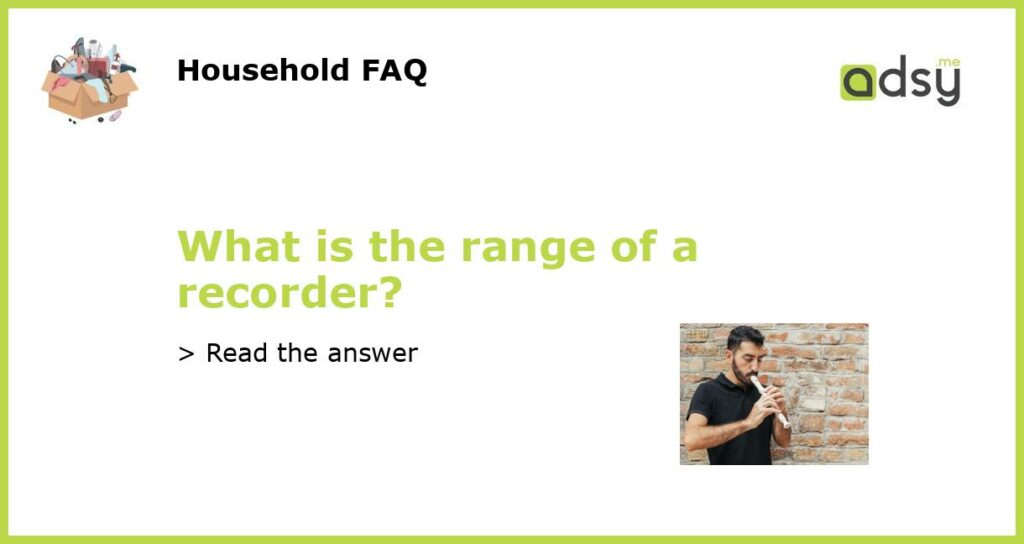Recorders are popular wind instruments among beginners and professionals alike. These small, lightweight, and affordable instruments are easy to play, making them perfect for children and players without any music experience. But what is the range of a recorder? Let’s find out.
The Basics of Recorder Range
The range of a recorder refers to the number of notes that the instrument can produce from its lowest to highest pitch. In other words, the range determines the lowest and highest notes that you can play on the recorder. Most recorders have a range of two octaves or more, which means that they can produce notes from G4 to E6 on a standard soprano recorder.
Different Types of Recorder and Their Ranges
There are several types of recorder, each with its own unique range. The most common type is the soprano recorder, which is the smallest and highest pitched recorder. It has a range of two octaves, from C5 to C7. Other types of recorder include the alto, tenor, and bass recorder, each with a lower range than the sopranos. The alto recorder, for example, has a range of F4 to F6, while the bass recorder has a range of F3 to D6.
The Importance of Range in Recorder Playing
Knowing the range of your recorder is essential for playing music correctly. When reading sheet music, you must be able to identify the highest and lowest notes and play within that range. It’s also crucial to select a recorder with a range that suits the type of music you want to play. If you’re interested in playing classical music, for example, you may want to choose a recorder with a broader range than if you’re playing simple melodies or folk tunes.
Expanding Your Recorder’s Range
If you’re looking to expand the range of your recorder, there are several ways to do so. One of the most common methods is to use a technique called overblowing, which allows you to play additional notes in the upper register of the recorder. You could also explore different types of recorder or use an instrument with added keys, which can help you produce notes beyond the range of a traditional recorder.






